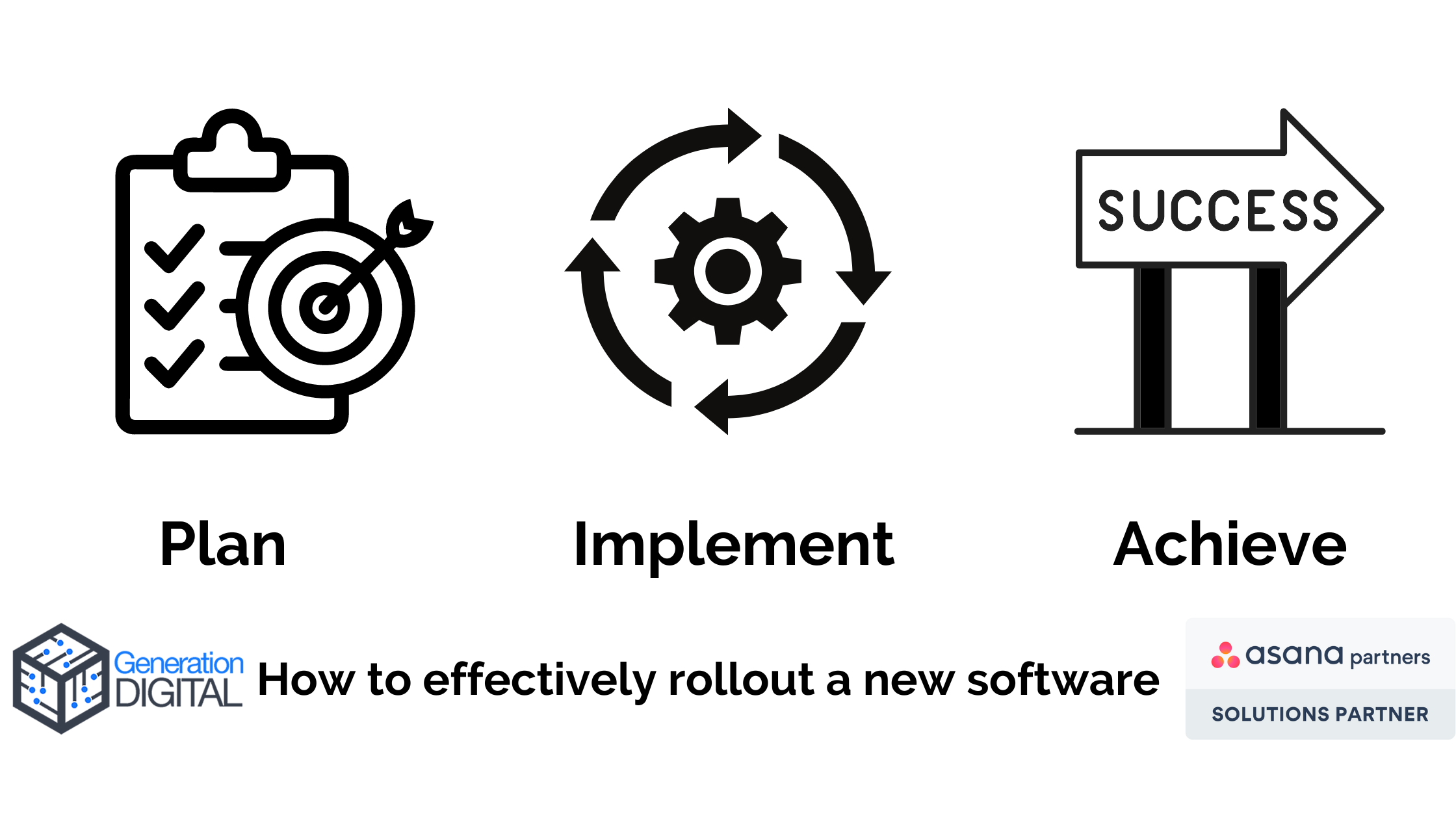Integrating a new tool into your company can be challenging. Change is often met with resistance, however beneficial the change may be. Therefore, rolling out a new tool correctly is essential to implement it seamlessly. Here are a few guidelines to ensure you get the most out of a new project management tool.
- Discover how you want to use the new tool.
Different tools can be used in a multitude of different ways. Deciding what you want to use the tool for is essential when adding it to your repertoire. Your company’s specific workflow will be able to be created in your chosen tool; it is a matter of figuring out how it will be created.
- Explain why this tool is being introduced.
Most people are content with their familiar way of working, even if inefficient. Learning a new tool is often seen as more effort than it is worth. Therefore, getting people to understand why a new tool is useful is essential to entice adoption. A project management tool requires every user to ‘buy into’ the software to make it effective. To aid this adoption process, it is optimal to convene a ‘Why statement’ to inform new users why such a tool benefits them. If the user can see how adopting this tool will personally aid their way of working, they will be motivated to learn to use the new tool. To conclude, outlining the benefits of a new work management tool is essential to getting new users to want to use the software.
- Assign goals.
Setting goals and success metrics for integrating new software allow you to prove that you are rolling out a tool sufficiently. Transitioning information from one place to another cannot happen instantaneously. Setting small achievable goals allows you to ease the change of software. It will also make the process seem much more straightforward. Once all goals of your rollout have been met, you can definitively say that you have successfully brought in the tool.
- Have champions of the tool.
Having your team motivate the rollout of a tool from within makes everyone’s life easier in the onboarding process. Most champions are users with prior experience of the tool or just have taken to it the quickest. These people will excite others about the capability of the new software. They can also help others when having difficulty with the tool. Everyone works at different speeds so helping slower users is beneficial to the betterment of the team. Positivity spreads, so the more people are supportive of the tool, the more people will be keen to adopt it.
- Use it as the sole source of information.
Once the software has been launched within your company, people will still not want to adjust to change. Humans are creatures of habit, and many will be set in their old ways of working. Most tools work most effectively when everyone is active in using the tool. Eventually, encourage people to use the tool by having it as the sole source of information. Ensuring everyone uses the tool optimally will mean no confusion over work habits. A great way to do this is by setting conventions for the tool. If everyone operates with the tool in the same way, it will create consistency and clarity. Finally, once everyone is using the tool, make sure that it is the only tool people are using.
We provide several onboarding packages for new and skilled users if you want assistance with rolling out a new project management tool. Get in touch with our Sales Team via this link:



